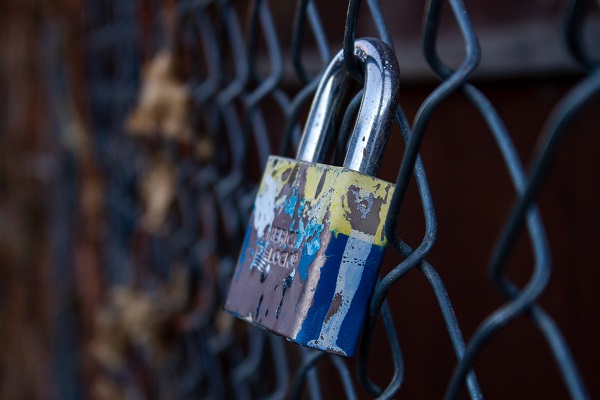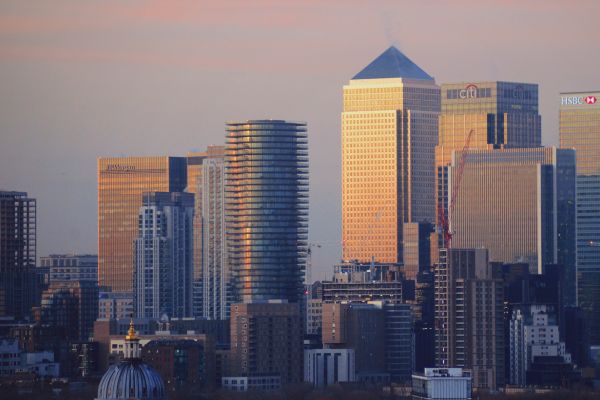Across all major currencies there has been a sharp increase in interest rates in 2022. This has mostly been caused by inflationary pressures leading to central banks raising rates as their main weapon to control price increases and the associated risks of economic recession.
The USA is the world’s biggest economy and stockmarket and it too has seen changes typical of the current global situation. In the US inflation (as measured by the Consumer Price Index or CPI) has jumped from 6.8% to 8.5% in the first eight months of the year. This has caused the five-year zero-coupon interest rate to rise from 1.36% to 3.45% as a result of Federal Reserve action and sentiment. This five-year rate is the best point on the yield curve to see the likely effect on pricing of structured products because it is around the average maturity of capital protected products.
Investor aims
The different investor groups that are active in investing share many basic concerns and goals. Two of these are preserving capital where possible and providing for a high level of sustainable income.
In recent years it has been extremely difficult to combine these two goals. Low interest rates mean that the income that can be generated while maintaining capital security is very low by definition. This was not easily improved by moving to corporate bonds or lower volatility managed funds and ETFs. While equity markets have had some good years their properties are fundamentally different and direct equity investing will not be a viable route for most lower risk investors. Structured products filled that gap through products such as income autocalls which do a good job of providing income if certain conditions are met, generally the associated underlyings having stable enough performance above any barrier level to deliver income and repay capital at maturity.
Preparing for capital protection
In order to consider what terms could be offered for a five-year capital protected structured product the first calculation is to allocate sufficient funds for the “zero coupon bond” or capital element of the product.
Allowing for a typical issuer credit spread of 70 basis points, the cost of the zero coupon bond will have decreased by 9.0% to 81.3% after the interest rate rises in recent months. Given a reasonable cost base for a structured product of a total of 2% manufacturer and distributor fees the amount available to spend on equity upside will have more than doubled from 7.8% to 16.7%.
Even allowing for the fact that options get slightly more expensive the increase in interest rates seen this year will allow for participation rates to roughly double. Alternatively, a product linked to a volatility controlled underlying can lift to a higher target version (eg from 5% to 8%) and keep a similar participation. Other product types such as capped calls and digitals will also show better terms when rates rise. In the case of the capped call the cap level can be lifted and for the digital the contingent payment can be increased. This is a natural consequence of increased interest rates which mean that greater income can be given up for potential returns from a structured product.
Income prospects improved
This improvement in interest rate levels is a welcome relief for lower risk income seeking investors. They never went away but were forced to accept lower income or take risks that were uncomfortable to them. Given the rise in interest rates, yields available on retail deposits have also increased in many countries. For example in the US average five year certificate of deposit (CD) yields have gone from 0.9% to 3.1 %. These have followed the rise in market interest rates typically at a differential of 50bps lower. Income rises may make products more attractive but will be insufficient for many investors looking to fund retirement or wanting to keep pace with the rises in inflation seen in 2022.
The extra headroom of higher interest rates means that structured products can now target income in the 6%-8% range with a realistic chance of success. This can be within the capital protected regime by contingent income that is structured to be delivered if markets perform enough. To provide more ambitious income levels solutions exist with controlled capital risk, such as contingent income auto-calls.
Rapid structured product solutions
Because structured products can be hedged and issued in a matter of days the sector is well placed to benefit from rises in interest rates and immediately pass better terms on to investors. This contrasts with conventional CDs which are often slow to respond to rate rises. This can be because of a reluctance by such deposit takers such as regional banks to offer more income to sticky investors until competitors have done the same or because of matching with a mortgage or lending program.
The increase in interest rates also affects the rationale and popularity of different product maturities. When rates are low it is sometimes necessary to use longer maturities to produce any meaningful yield and this explains why maturities of seven years or more have been seen for many years. If interest rates are higher, it is possible to offer shorter dated products with good terms.
In times of transition as is happening now, when rates and inflation are probably set to carry on rising, fixing terms for a horizon in excess of three years is often best avoided so that reinvestment opportunities can be taken advantage of.
For many investors the return of attractive fully capital protected solutions is a welcome after many years of an absence of such choices and this is likely to tilt the product mix for the foreseeable future.
Tags: Structured EdgeA version of this article has also appeared on www.structuredretailproducts.com
Image courtesy of: Stephanie Ortiz / unsplash.com










